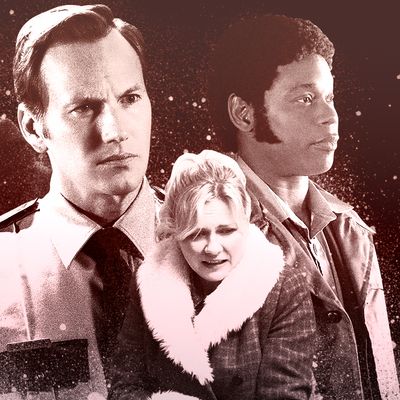
Ahead of the finale of Fargo’s excellent second season tonight, Vulture asked some of its ensemble cast members to share their favorite scenes and what inspired their characters; plus, they try their best to explain the essence of the sci-fi/gangster comedy-thriller.
Ted Danson
Character: Hank Larsson
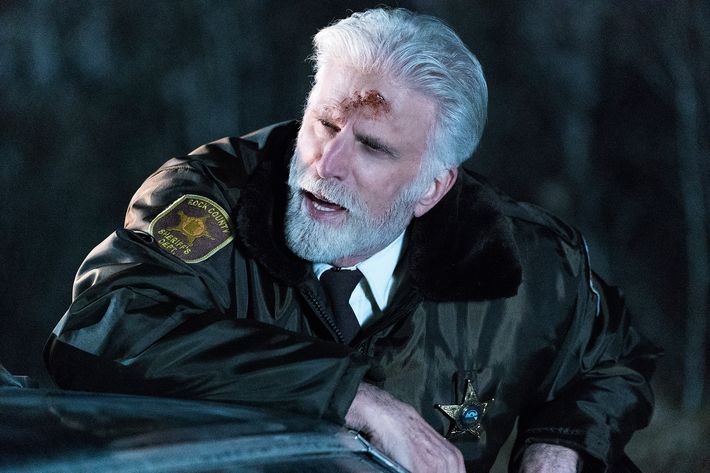
How would you put the Fargo tone into words? As a viewer, you sit there and watch the horrendous violence, but there’s a nervous wit kind of lurking, or an actual laugh. As a viewer, what I love is to be surprised. It makes it very scary and suspenseful, but also adds that giggle to it.
What was your favorite scene to film? Hank’s kind of an old-fashioned hero, a cowboy poet who, in the face of all odds, will still stand up and do the right thing. That scene outside the Blumquist house where the Gerhardt family shows up in force, and I’m the only thing standing in their way. And you just know it’s going to go bad. So how can you possibly get out of it in one piece? The writing is so clever — you get to be heroic and stand up against all odds, and yet you still survive.
When you developed your character, what influenced you the most? For me, when the words are really, really good, you just try them on and surrender. It’s just like music that plays over you. That, and a beard.
Kirsten Dunst
Character: Peggy Blumquist
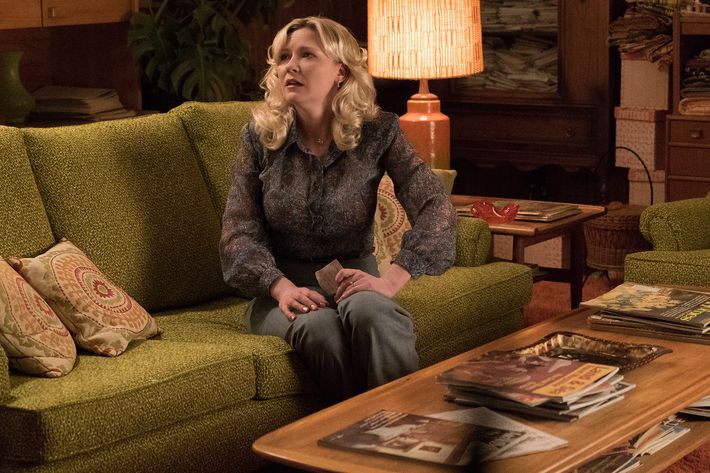
How would you put the Fargo tone into words? The Coen brothers. Dark, funny, and midwestern.
What was your favorite scene to film? I liked filming the scene with [Jesse Plemons] and [Keir O’Donnell] in the motel room while being held hostage because we laughed the most, and it was nearing the end of shooting. Also, I knew Keir from before, so it was being with friends.
When you developed your character, what influenced you the most? I was influenced most by my grandmother. My grandmother is from Minnesota, so I have roots there. She phrased things in a way that made sense to me for the role, and also she had a Minnesota-nice to her while being a total pistol.
Jean Smart
Character: Floyd Gerhardt
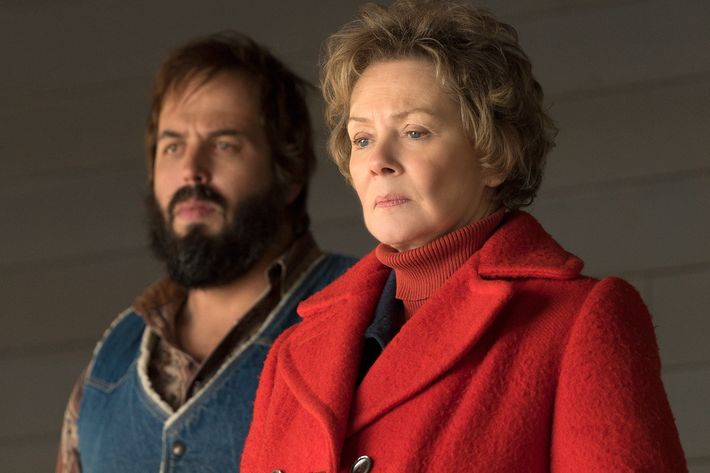
How would you put the Fargo tone into words? It is something very specific and hard to describe. It’s interesting to me that it’s a combination of something that’s very real, but at the same time, it’s almost like it’s in a bubble that doesn’t have anything else to do with the rest of the world. I compare it to a Greek tragedy or a Shakespearean tragedy, where the stakes are just a little bit higher for everybody.
What was your favorite scene to film? My scene with Brad Garrett [who played Joe Bulo] downstairs in that hotel when we meet and negotiate. There was just something about that scene that spoke volumes about her. It leads to the scene in the car where Jeffrey Donovan’s character, Dodd, tries to make up to his mother, almost like a pet who had done something bad. She’s furious with him because she thinks he may have just signed their death warrant. But at the same time, that’s her boy. She’s still his mama, for better or worse.
When you developed your character, what influenced you the most? I got it all from Noah’s script, and particularly that scene at the hotel. That was sort of my road map. I came up with theories about why her parents named her Floyd, the kind of childhood she had. She grew up around strong men. She’s never particularly felt like she couldn’t do anything the guys could do. I really didn’t want to know why Noah had named her Floyd, so I waited until I was done to ask him. His wife had a great aunt named Floyd, and he just thought it was the coolest thing in the world.
Patrick Wilson
Character: Lou Solverson

How would you put the Fargo tone it into words? We were very careful not to make it too funny, especially in the first episode. When you are wearing a maroon police uniform and a state-trooper hat, talking with a Minnesota dialect, the humor is already taken care of.
What was your favorite scene to film? I have no favorite scene, as I was given some pretty great material. But I’d say the first scene at the Gerhardt compound sums up Lou pretty well — unafraid, even in the face of obvious danger or being outnumbered. I loved watching and playing Lou in those moments, either with Dodd, Bear, or Mike Milligan. But equally rewarding was the “placebo” scene with [Cristin Milioti], the doctor, and me — love, devotion, and innocence.
When you developed your character, what influenced you the most? I watched season one to see what kind of a man Lou became, and was struck by Keith Carradine’s stoicism and strength.
Bokeem Woodbine
Character: Mike Milligan
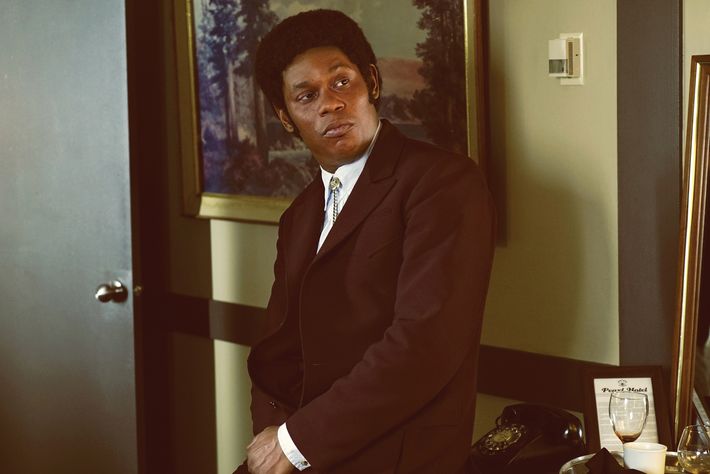
How would you put the Fargo tone into words? Fargo has a unique and wonderful way of capturing real-life surrealism. So often we encounter moments that remind us of the old adage, “Truth is stranger than fiction.” The Fargo verse illustrates this combination of Noah Hawley’s genius, a phenomenal cast, and a wonderful backdrop of the Midwest. It respects the audience’s intelligence, and, in fact, holds that principle aloft as a paragon of virtue that the assembled cast and crew work tirelessly in pursuit thereof.
What was your favorite scene to film? The one in which Mike Milligan impresses upon Simone (Rachel Keller) just how important it is that she relay accurate information to him in a timely fashion. I really enjoyed working on and ultimately watching the scene because it gave me a chance to work with Rachel Keller, whom I’m convinced is going to be a big star, and it showed different aspects of Mike Milligan’s unique perspective on life and business.
When you developed your character, what influenced you the most? I’ll never tell!

